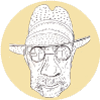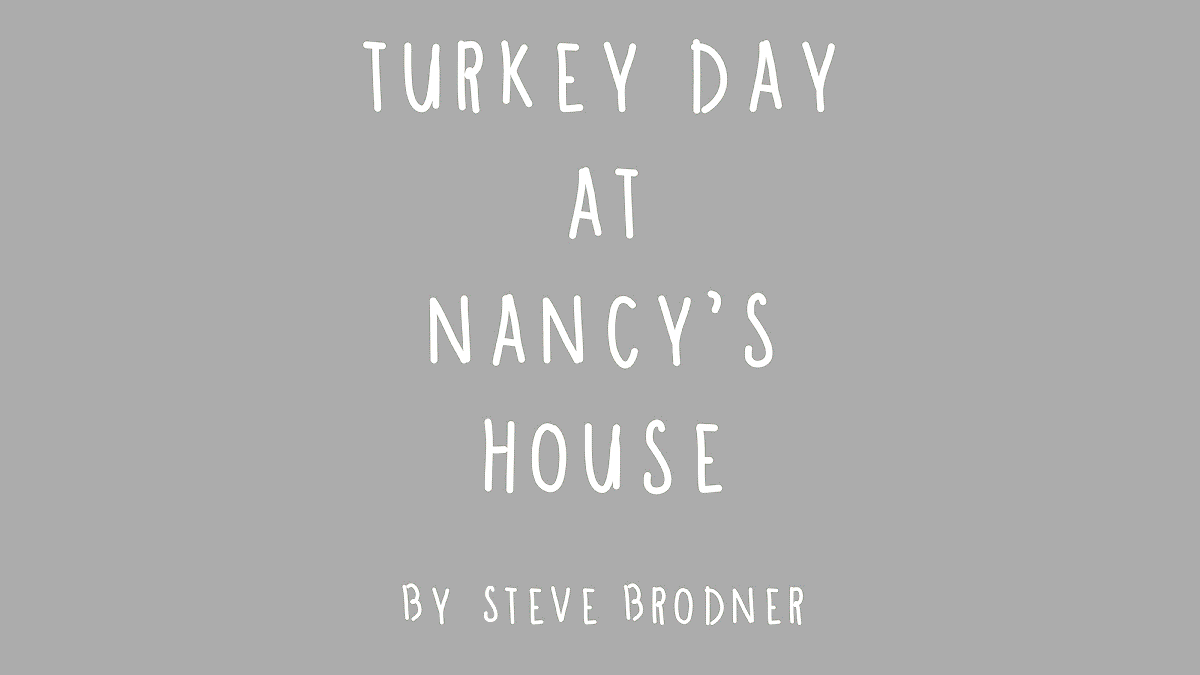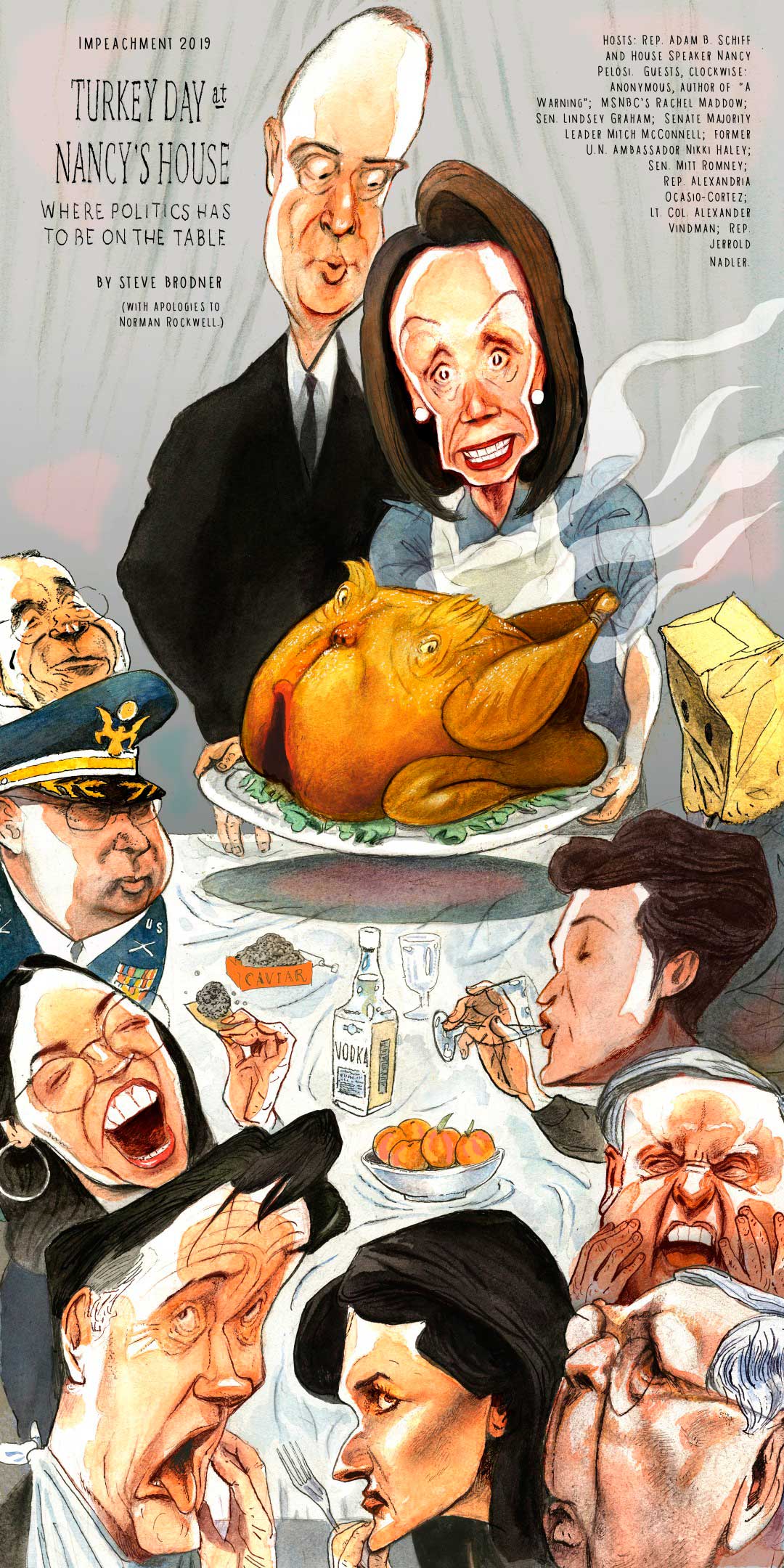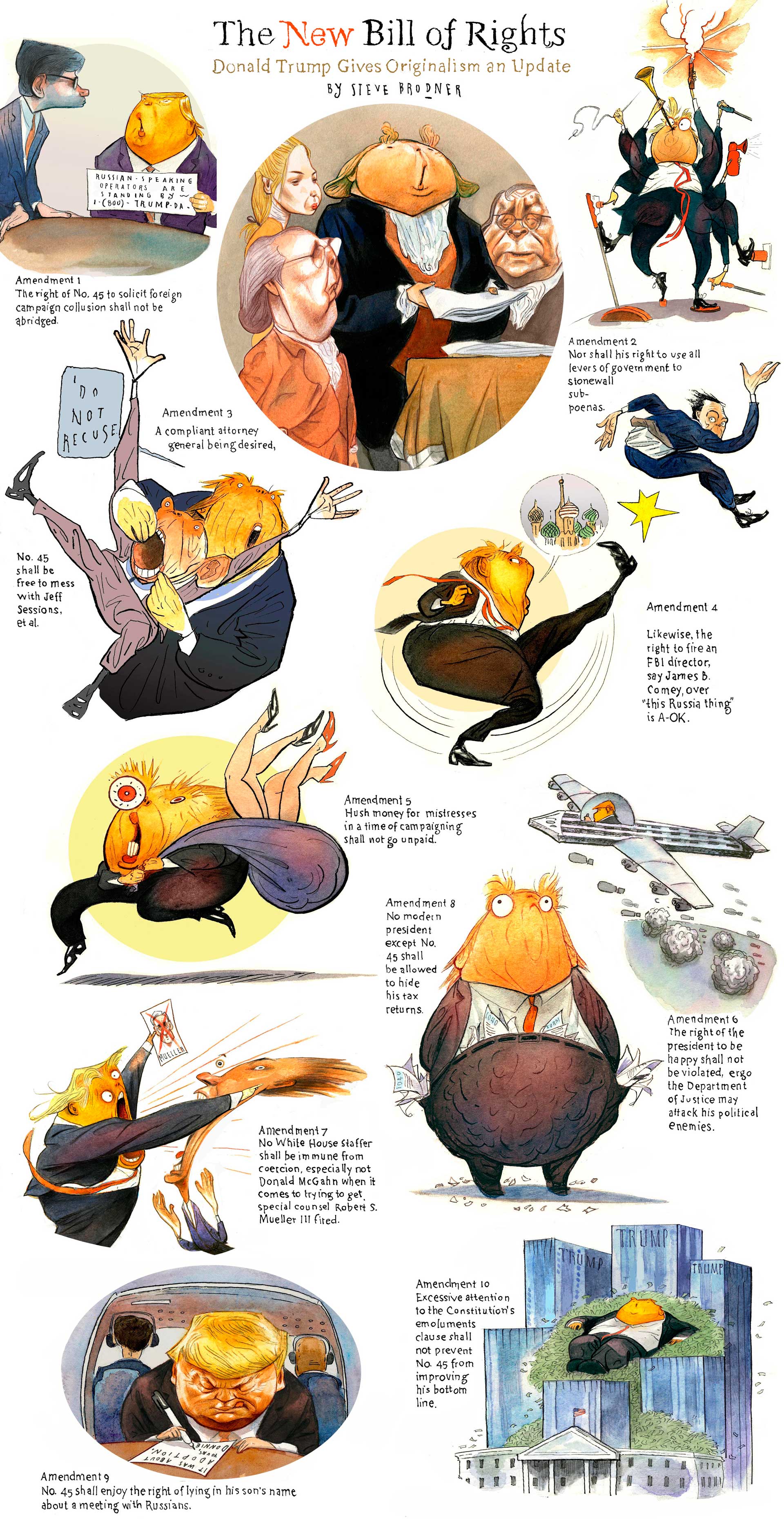The idea of the “selfie” in literature was discussed in this recent piece in the Chronicle of Higher Education by Theodore Ziolkowski. My solution: hook on the Freudian connection. Difficult to ignore (or explain) the effect of technology on human psychology. Just in time for Google Glass. Look out.
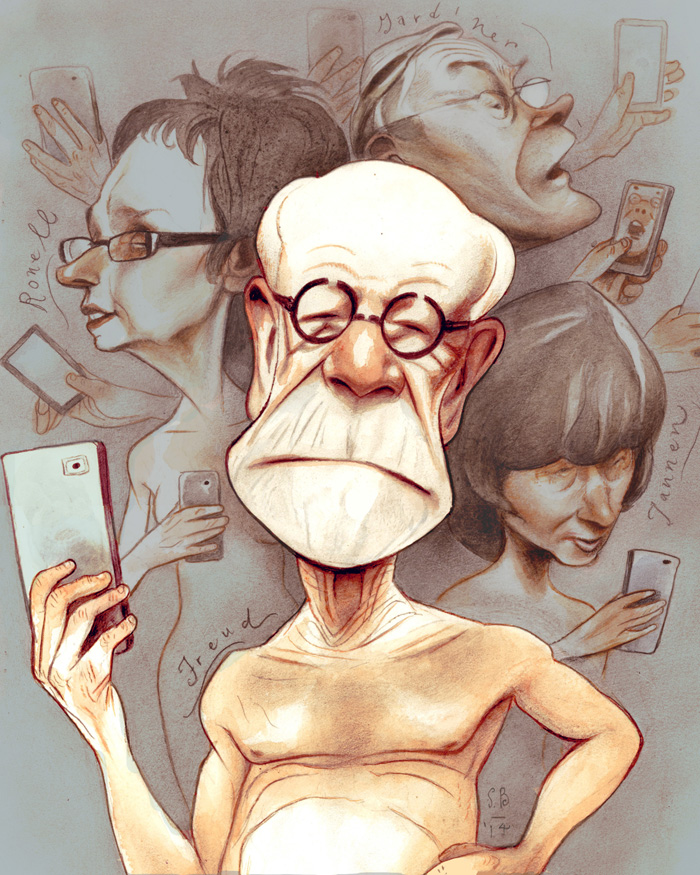
A Humanistic Field for Our Time: Egology
By Theodore Ziolkowski
The modern obsession with self has led—most visibly, thanks to the Internet—to confessional blogging, Twitter and Facebook self-promotion, and, ultimately, to the “selfie” (the word of the year for 2013 according to Oxford Dictionaries).
This emphasis on the first person might seem inevitable in an age dominated by what Tom Wolfe labeled the “Me” generation. Yet the “culture of narcissism” observed by Wolfe and Christopher Lasch in the in late 70s was merely an updated manifestation of that phenomenon. In 1914 Sigmund Freud, in “On Narcissism,” discussed narcissism and its intensification into a perversion. The prevalence of this tendency has only increased over the decades, leading psychologists Jean M. Twenge and W. Keith Campbell in 2009—nearly a century after Freud—to declare “an epidemic of narcissism” in the United States.
This “selfism” has not merely a psychological but also a philosophical basis. The term “egology” was introduced into 20th-century philosophy by Edmund Husserl. In his Cartesian Meditations (1931) he explained that phenomenology begins as pure egology—that is, the study of the individual consciousness and its modes of experience: seeing, hearing, touching, thinking, etc. It then proceeds to an “intersubjective phenomenology” or analysis of things as they appear to that ego.
Husserl’s phenomenology soon made its way into other philosophical systems: into the existentialism of Heidegger and Sartre; into ethics and religion through Husserl’s French translator Lévinas; into feminism by way of Simone de Beauvoir; even into deconstruction through Derrida’s ongoing quarrel with Husserl. Anyone seriously interested in the thought of the century has had at last superficial contact with Husserl’s ideas.
The egological turn, exacerbated by the narcissism of popular culture, has not left scholarship untouched. In humanities it has shifted attention away from the object of study and toward the consciousness of the ego undertaking the study. This tendency manifested itself conspicuously in the 60s in reader-response theory, which replaced New Criticism’s focus on the text with a new concern for the consciousness of the reader. While theorists like Stanley Fish and Wolfgang Iser analyzed the response of readers generally, other scholars began to introduce their own egos into their studies. Since the 60s the tendency has become pervasive. Two 2014 literary studies typify this trend: My Life in Middlemarch by Rebecca Mead and Why I Read by Wendy Lesser.
In the Spring 2013 issue of Daedalus (devoted to “American Democracy & the Common Good”), the linguist Deborah Tannen dwells on her own work. “When I was writing my book The Argument Culture in the late 1990s, I felt a sense of urgency because I believed that the moment for its message—that our public discourse had become destructively adversarial—might have peaked.” The author goes on to discuss the cover of her book, her appearance on a TV talk show, an example of “agonism” that she witnessed on the Acela between Washington and New York, and an anecdote from the memorial service for a colleague. By the end of the piece the reader feels well acquainted with the consciousness through which the author views the stated topic, but is less certain of its relevance for the topic itself.
Nor is the self absent from The ÜberReader (2008), a collection of writings by Avital Ronell, who falls into the realm of cultural studies somewhere between literary criticism and philosophy. Anyone who opens the book expecting to come to grips with the super-reader’s ideas must first wade through many pages of photographs showing her in various costumes and in “selfies” ante datum with such figures as Jacques Derrida, Philippe Lacoue-Labarthe, Jean-Luc Nancy, and Judith Butler.
Personal asides intrude into her text s at unexpected moments. In Stupidity (2002), Ronell, after confessing her difficulties in learning the gestures of Tai Chi, reveals that she was “fired unceremoniously, no doubt illegally, but nonetheless thankfully by the University of Virginia” and that she “avoided working in proximity to de Man for fear that he would crush my already nonexistent balls.” Do we really need to know this? Does it help the argument or the analysis?
In The Test Drive (2005) we are told that “I write from a philosophical need” and that “I am not about gloom and doom but want to heed what Husserl and others, some whose names you do not know, say about ‘man’s now unbearable lack of clarity about his own existence and his infinite tasks.’” From these writings we learn more about the author’s feelings and needs than we do about the subjects that they allegedly address.
The egological turn shows up in other fields as well. Elaine Pagels ended her prize-winning book on The Gnostic Gospels (1979) with a statement with which many of her colleagues would heartily agree: “The task of the historian, as I understand it, is not to advocate any side, but to explore the evidence.” It is a surprise, then, to open the religion professor’s study of “The Secret Gospel of Thomas” (Beyond Belief, 2003) and find a moving account of her feelings at learning of her young son’s diagnosis with a rare and fatal lung disease. Her reflections on the meaning of faith and her own religious experience continue in subsequent chapters. We learn that the author joined an evangelical Christian church at the age of fourteen but eventually, constrained by the narrowness of their beliefs, turned to the formal study of religion in search of the “real Christianity.” The author then relates how she came to her present subject following a conversation in San Francisco’s Zen Center with an American Buddhist who joked that, had he known the Gospel of Thomas, he would not have become a Buddhist. The last chapter recounts her doubts and temptation to leave Christianity until she encountered “in the presence of a venerable Buddhist monk, in the cantor’s singing at a bar mitzvah, and on mountain hikes—something compelling, powerful, even terrifying that I could not ignore.”
Pagels tells us that her research appeared originally in scholarly publications and was revised for the book “to make it more generally accessible.” Presumably the scholarly version lacked the intimate personal details that embarrass some readers and divert their attention away from the subject that initially brought them to her authoritative account of the Gospel of Thomas.
Such revelations are not, of course, restricted to literary-philosophical and religious studies. The catalog for a 1996 exhibition at the Chicago Museum of Contemporary Art proclaims its topic in its title, Negotiating Rapture: The Power of Art to Transform Lives. We are invited to have a phenomenological experience—to analyze the structure of our own emotions—rather than to study objectively the art before our eyes. The editor’s introduction explains that rapture is understood here as “those precise periods of blissful transport with which religion and sexuality are familiar.”
Some of his contributors take him quite literally. In a piece on “The Fable of the Courtesan, the Ascetic, and the King” Lee Siegel recalls his experience as a high-school student when he came across a copy of the Bhagavadgita and was stunned by the depiction of a god’s appearance to a rapt witness. “I craved more. And since the Kamasutra was the only other Indian text of which I had heard at the time, I turned to it next and was equally, but differently, enraptured. Too embarrassed, too young, and too broke to purchase the book, and inspired by pubescent deviance, I stole a copy” and “studied the copulatory postures represented by the Indian artists and lucubrated over the ancient text.” These revelations may help us to understand the author’s response to Indian art, but does it contribute to the reader’s understanding of the object under discussion?
The egological turn, virtually de rigueur in the New Historicism, was pronounced in its founding text. In Renaissance Self-Fashioning (1980) Stephen Greenblatt acknowledged that “the questions I ask of my material and indeed the very nature of this material are shaped by the questions I ask of myself.” To achieve this end he focused on “a handful of arresting figures who seem to contain within themselves much of what we need.” Greenblatt closed his study of the Renaissance with an intimate anecdote from his own experience “because I want to bear witness to my overwhelming need to sustain the illusion that I am the principal maker of my own identity.”
A similar need was shared by some of the contributors to the volume The New Historicism (1989). Catherine Gallagher began her piece on “Marxism and the New Historicism” by admitting that “I can only write from what may seem a highly unusual perspective, that of critics who have arrived at new historicist positions via continental Marxist theory and 1960s radical politics.” By the end we have become acquainted with the author’s personal intellectual history, but we have gained little insight into the stated topic.
Trivial photos of the author, intimate disclosures about family tragedies, confessions of teenage sexual fantasies, statements of personal identities and ideologies—all these do not bring us closer to the object under consideration. But occasionally the egological turn actually contributes to our understanding.
John Eliot Gardiner’s book on Bach: Music in the Castle of Heaven (2013) begins with an autobiographical chapter by the author; and from time to time he intercedes in the first person, as in the description of their reception “as honored guests” when Gardiner and his choir arrived at the Georgenkirche of Eisenach to leading the singing on Easter Sunday 2000. Here, in contrast to the earlier examples, the author’s personal experience is directly relevant to his topic.
Gardiner is one of the world’s leading conductors of Baroque music and of Bach in particular. When he analyzes a cantata, his discussion is enhanced by his years of experience with the work. “I seek to convey what it is like to approach Bach from the position of a performer and conductor standing in front of a vocal and instrumental ensemble, just as he himself habitually did.” His portrayal of Bach’s life and works is decisively enhanced by his personal experience—even, on occasion, inhibited because he chooses on the basis on that experience to neglect the keyboard and instrumental compositions for the sake of the choral works.
Among publications of the past two decades in humanistic fields many other examples of this egological turn can readily be found, but they are rarely so positive and productive as in the case of Gardiner’s book. There can be no objection to an author’s explanation, in the preface, of his or her reasons for turning to a given topic. Such information can ease our way into the study, especially if we do not know the author. But once within the text, such disclosures only distract our attention from the material at hand, whether it be “stupidity,” the Gospel of John, Indian art, or Renaissance literature.
We are too often encouraged to concern ourselves with the author’s responses rather than with the work itself—with the phenomenological ego and its self-analysis—and not with the object itself, whether textual, musical, or visual. The egological turn may be explained as a reaction to the over-theorization of humanistic studies that dominated the late 20th century and drove students out of courses and readers away from books in the humanities. But it could easily have a similar negative effect if it simply replaces theory with the preening self of the teacher or author. In Freud’s terms: “ego-libido” has largely absorbed “object-libido”—and, as we have seen in several cases, the libido all too often takes priority.
Theodore Ziolkowski is a professor emeritus of modern languages at Princeton University.
